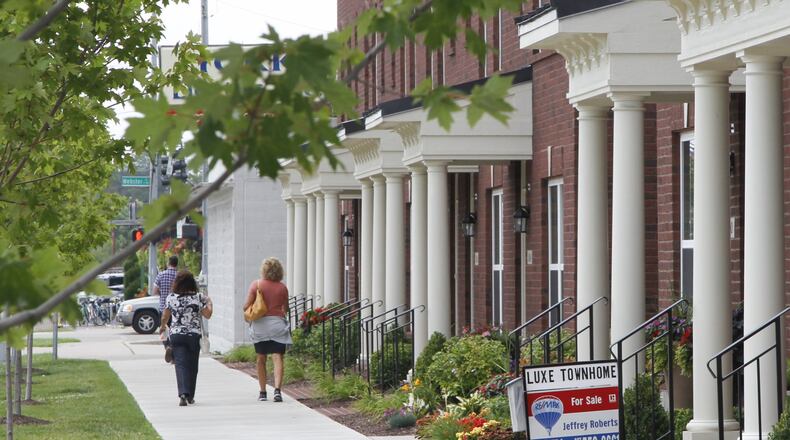Dayton’s cost of living index score for the second quarter of 2017 dropped to 89.2, lower than Cincinnati at 93.3, Columbus at 90.6 and Cleveland at 101.2, according to data compiled by the Council for Community and Economic Research.
RELATED: New cyberattack rule looms over federal contractors
The most expensive place to live in the U.S. remains San Fransisco. The cost of living index for the California city is 192.3.
The cost of living index measures the cost of consumer goods and services, such as housing, utilities, grocery items, transportation and health care in more than 260 metro areas.
RELATED: UD, Premier team up to create cybersecurity center
The national average is rated at 100, which means people in the Dayton region pay more than 10 percent less for goods and services than the rest of the country.
“To see that number come down, especially when compared to other metro areas in the state of Ohio, is exciting to us,” said Holly Allen, a chamber spokeswoman.
“Having a low cost of living is something we’ve touted here in the Dayton region when we’re attracting businesses.”
George Davis, professor and chair of the Economics Department at Miami University, agreed that a lower cost of living can be good news.
RELATED: Area college presidents rebuke Trump plan to end DACA
“It’s easier to attract workers,” he said. “Their wagers and salaries will go farther. That means if you’re thinking about moving a business to Dayton … it may look pretty attractive.”
But prices can be low for different reasons, Davis noted. If housing and certain areas of a city are “run down,” that may push housing prices down.
“You would have to take that into account,” he said.
All cost of living indices are inexact, but Davis thinks indices focused on local areas actually offer more useful information than a national index, such as the Consumer Price Index.
Scott McGohan, president of Moraine-based health benefits broker McGohan Brabender, has long maintained that Dayton-area health care costs locally are higher than they should be.
The Dayton area’s economy is smaller than bigger cities like Columbus and Cincinnati, he noted. The region has fewer big anchor employers and likely has more Medicaid-clients than other cities, he said.
Seventy percent of employers are self-insured, paying their own health insurance claims, he said. “They’re very concerned about the cost of care.”
While health care and commodity costs are often higher in Dayton, most area residents have lower monthly expenses than their counterparts in larger cities.
Average apartment rent, for example, was $765 in Dayton in the second quarter; $872 in Cincinnati; and $911 in Columbus, according to CCER’s average price index. Meanwhile, monthly energy bills totaled $124.84 in Dayton, compared to $125.64 in Columbus, and $163.30 in Cincinnati.
FIVE FAST READS
• Local Habitat for Humanity names new executive director
• Store openings and closings: What’s going on in local retail?
• 5 new restaurants and retailers coming to The Greene
• At Home expands in Dayton: 5 things to know about the chain’s growth
About the Author

